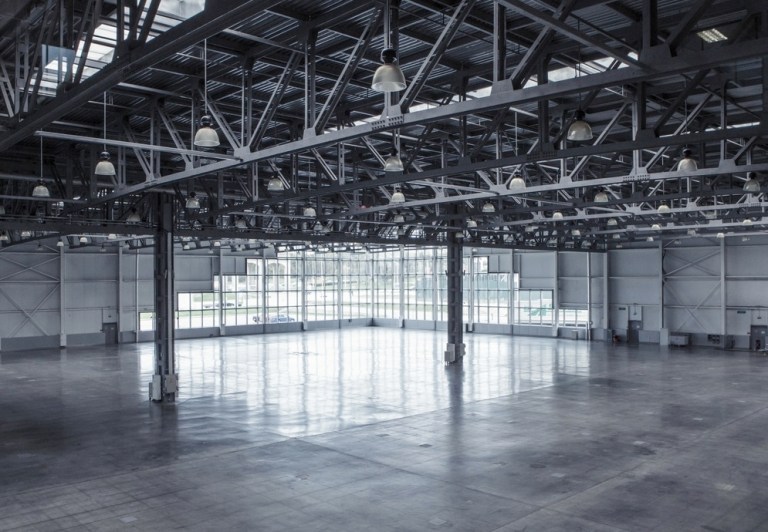
Over the past decade, foot traffic in retail outlets has seen a decline. With the growing trend of consumers buying more of their products online, this shouldn’t come as a surprise.
As eCommerce continues to grow, warehouse development has increased in tandem. While construction developers are likely following the same pattern they’ve always done in terms of predicting opportunity and fulfilling it, last quarter showed a different emerging pattern.
In Q4 2016, developers built 25.5 million square feet of warehouses, equaling a 77 percent increase from the prior year, according to research from real estate broker Colliers International. While this boom in new buildings may seem like a good sign, the amount of filled spaces would paint a different picture. In the same quarter of increased warehouse development, filled tenant spaces fell by 19.3 percent, while vacancy rates increased to 7.7 percent, up from 7.5 percent the prior year.
Colliers’ national director of research, James Breeze, commented in a Wall Street Journal article on the future of warehouse market development. He said, “I expect that demand to continue, but whether it will keep increasing at record levels, the capacity may not be there for such robust growth. For 2017, I would expect the same amount of activity but not growing beyond what we have seen.”
Although the research shows delivery capacity has grown more than 10 times its typical growth rate since 2012 for warehouses over 300,000 square feet, this Q4 development may be proving that warehouse development has leveled off. Colliers’ research, however, shares that most of the warehouses built last quarter were developed on a speculative basis without a specific tenant in mind.
The lack of tenants interested in new warehouse developments may be due in part to high rental rates. However, experts are saying monthly rent prices are likely to fall when speculative construction outpaces demand. Real-estate company CBRE Inc.’s head of industrial and logistics research, David Egan, doesn’t believe the market is heading in that direction at this time. He does, however, see rental agreements in place before speculative developments are completed.
“Speculative construction is growing, but with demand still high, it is low-risk speculation,“ said Egan. ”This is happening in markets where there is a continuing demand for new space …. The fundamentals that drive demand are more or less the same.”